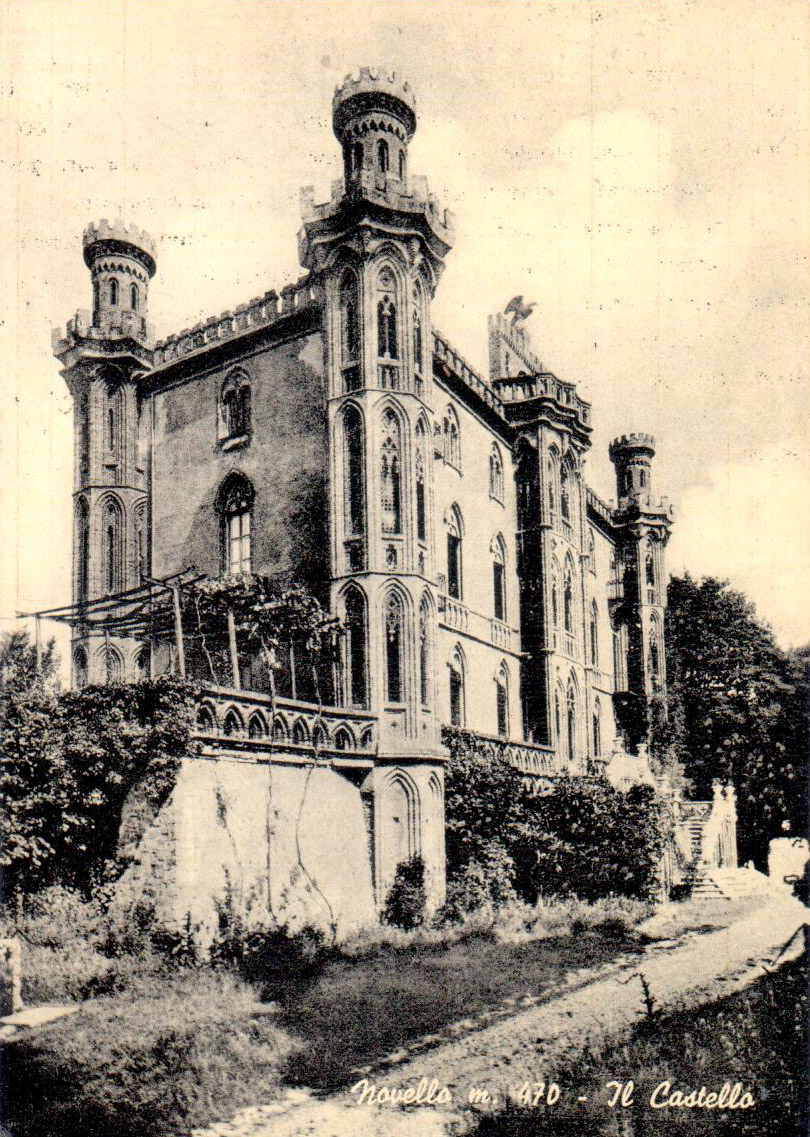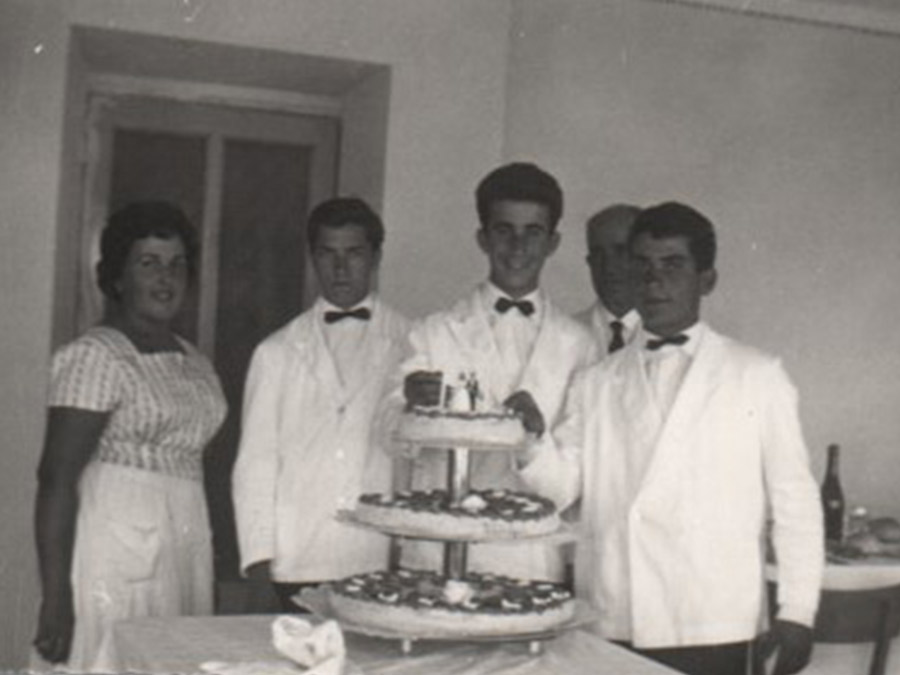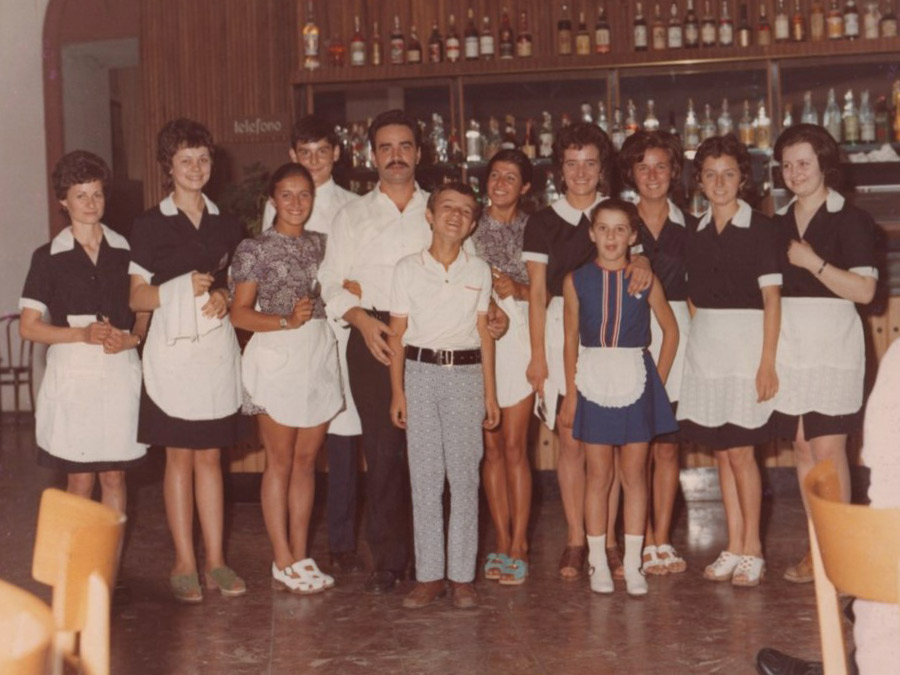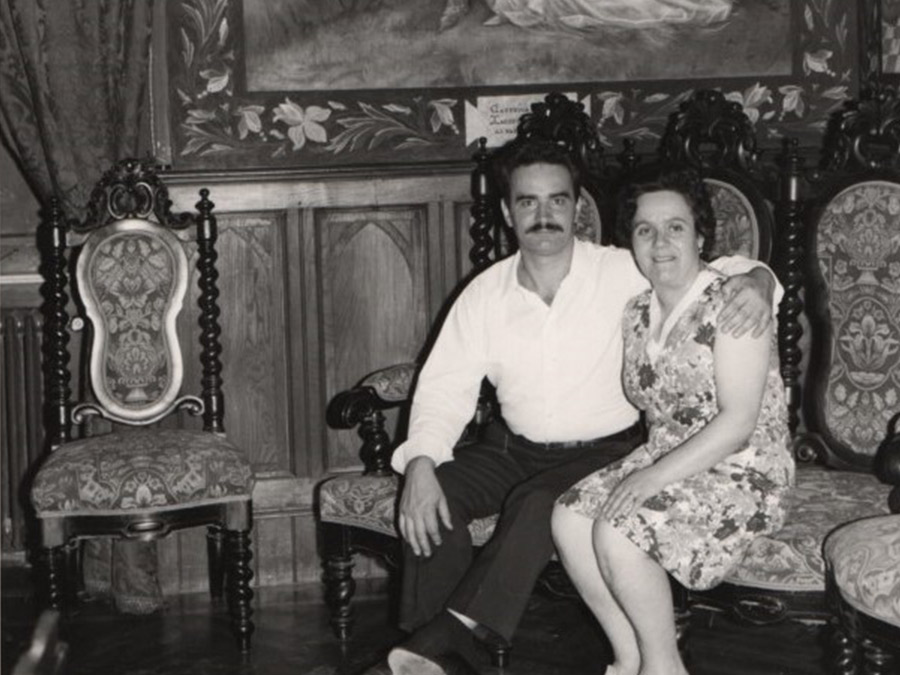The story of the Castle
Castello di Novello (Castle of Novello) is located in the village of Novello, in the Cuneo region of southern Piemonte, in the territory known as “Langhe“. Novello is one of the eleven villages forming the Barolo wine production zone.
The area of the Novello village, together with its surrounding vineyards, sits within the UNESCO World Heritage designated site of the Vineyard Landscape of Piemonte: Langhe-Roero and Monferrato.
The name Novello derives from its original Roman title, “Novellum Albesium Pompeianorum“. The name reflected its establishment as the location the patrician families of Alba Pompeia (now known as Alba) built their summer villas, to take advantage of the particularly favourable climate of the hill-top location.
The Castle rises at the southern end of the village on its highest and most commanding position. It was built in its current neo-Gothic form in the second half of the 1800s on the ruins of an ancient manor, which dated back to the Middle Ages. In that medieval period, it belonged to the Marquis Jacopo Del Carretto and subsequently to his heirs.
It was destroyed in a fire by invading Landsknecht mercenary soldiers during the 15th century Franco-Spanish War.






